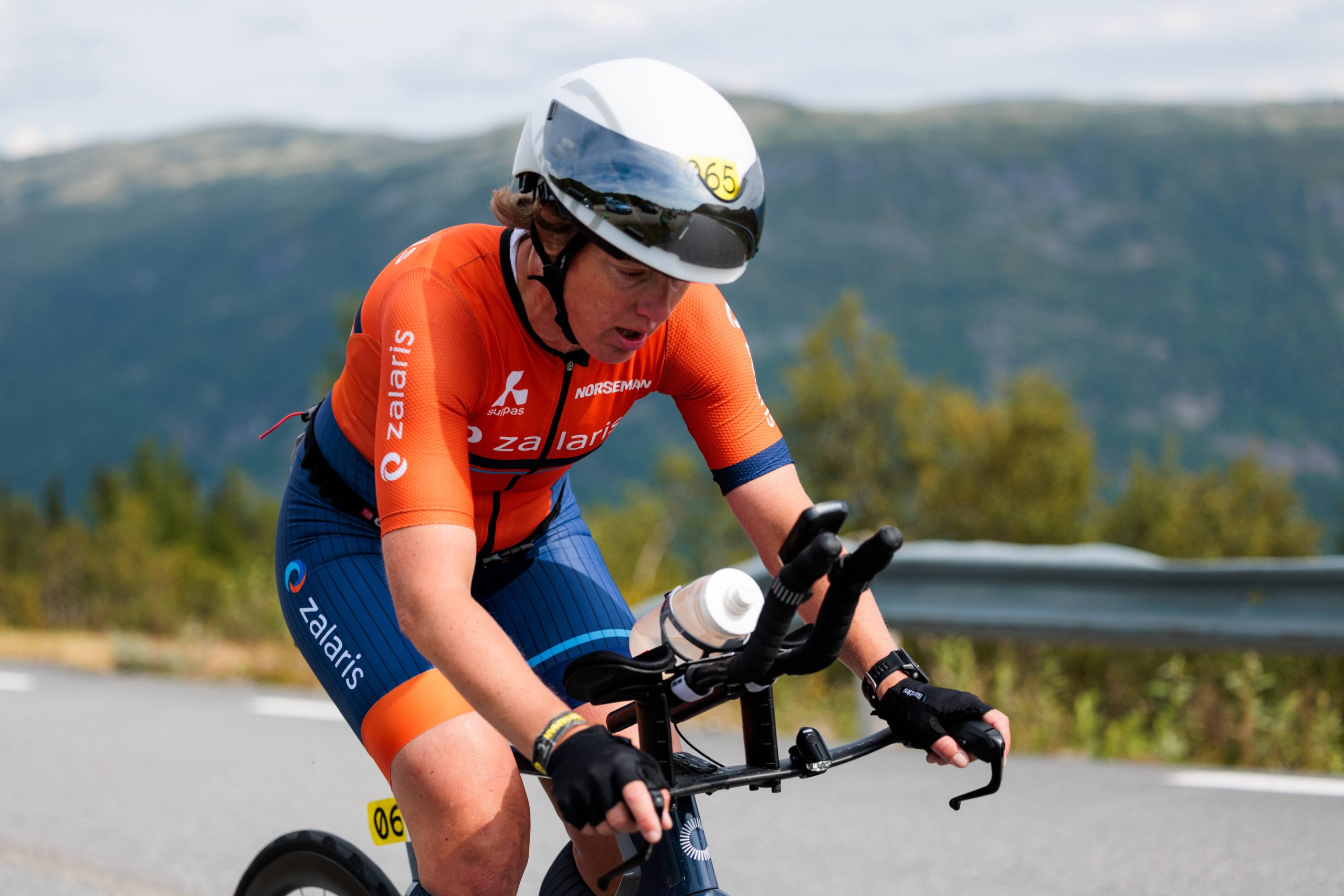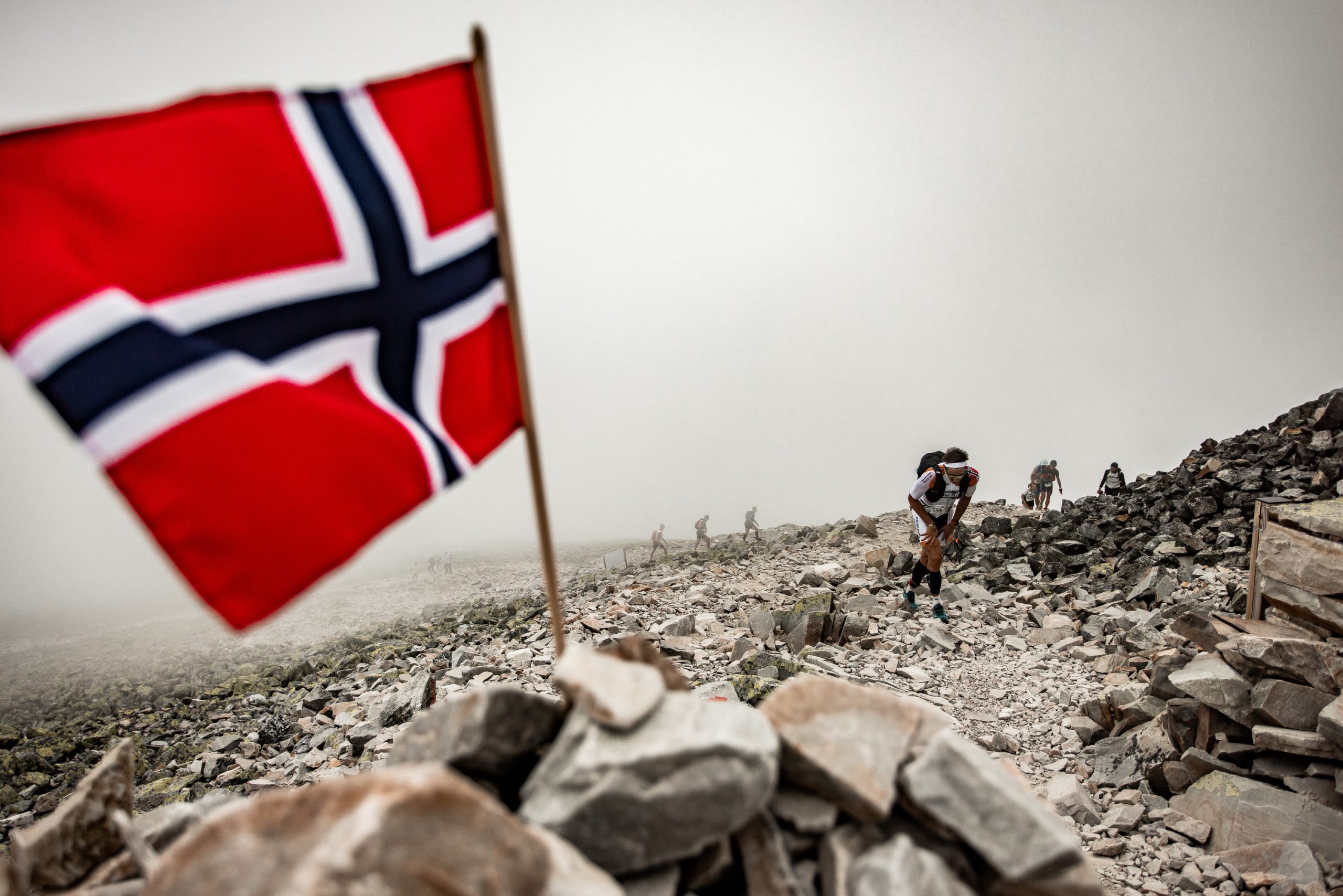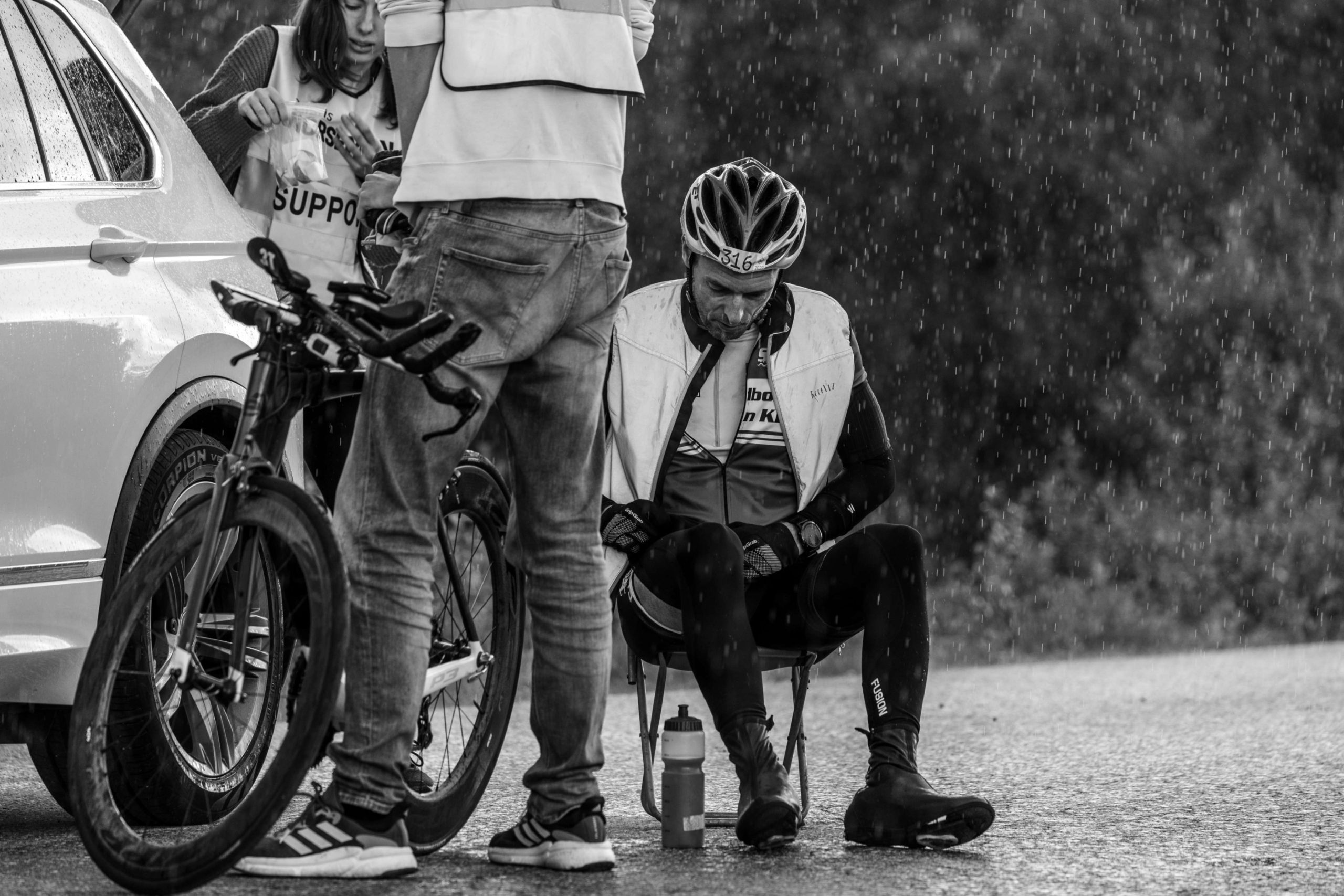There are several benefits associated with exercise, among them reduced cardiovascular risk and a balanced immune system. There are also studies indicating that there might be an upper limit for how much daily exercise benefits cardiovascular health, and that long-term exercise may trigger inflammatory responses.
Previous studies have shown that up to 60 minutes of exercise of moderate intensity per day is associated with reduced risk for several cardiovascular diseases, but when doing excess exercise it seems like the beneficial effects are reduced [1]. This meaning that the relationship between exercise and health benefits might be U-shaped. Anyway, it is important to say that athletes of Tour de France suffer less from cardiovascular diseases than those who are physically inactive.
Norseman is considered one of the worlds hardest long distance triathlons and maybe the most popular. Everyone who has done, or are planning to do, Norseman knows that you have to put down a lot of training to be as prepared as possible for the challenge, both physically and mentally. However, with a total distance of 226 km and elevation of 5235 meters, it is no surprise that you get exhausted.
But how exhausted do you get of doing such a challenge? Is it possible to do physical examinations that reveal how exhausted the body is? A study conducted on long distance triathletes in Sweden found that markers for muscle injury were elevated directly after a long distance triathlon. This might not be a big surprise when thinking about how long the triathletes have been physically active. The more surprising finding is that they also found elevated levels of markers specific for heart injury [2, 3]. If these elevations are a result of injury of muscle cells in the heart, or if they reflect a physiological adaptation to exercise has yet to be discussed. It is also possible that elevations in biomarkers post-race for both skeletal and heart muscle injury may reflect the need for recovery after extreme challenges.
Long-lasting and hard physical activity not only result in alterations/adaptations in the skeletal muscles and cardiovascular system the immune system is also affected. Regular physical activity appears to result in a balanced immune system, while prolonged strenuous exercise tends to result in systemic inflammation (inflammation affecting the whole body) [4]. A study conducted on 42 triathletes monitored both inflammatory response and skeletal muscle injury to a long distance triathlon by sampling blood two days before, immediately after and 1, 5 and 19 days post-race [4]. They found significant elevations of all markers for inflammations immediately after finish, indicating that strenuous exercise trigger inflammation and muscle damage. The following days the markers for inflammation decreased, but it was not before 19 days following race all but one, had decreased to below pre-race values. The initial increase followed by a reduced inflammatory response may reflect the muscular recovery after strenuous exercise. Activation of the immune system due to strenuous exercise is not necessarily a bad thing, it might actually be good and result in less inflammation if the strenuous exercise is followed by a period of adequately recovery.
The elevated markers for skeletal injury, heart injury and inflammation observed after strenuous exercise are not necessarily a sign of pathology. Due to the early normalization of the values, it is reasonable to explain the elevations as physiological responses to extremely strenuous exercise. Small amounts of muscle damage after exercise is a physiological response and it is not a surprise that the damage is increased with increasing duration and intensity of exercise. Muscle damage is a result of a cellular breakdown, which cause leakage of intracellular substances out to abnormal sites. The leakage will in the next step activate the immune system and cause inflammation to remove the substances that is not normally found outside the cell. This is the same process as when you get a scar in your finger, but after strenuous exercise, it is your musculature that needs to heal. Like your finger needs to be protected from the cause for the scar to heal, your musculature needs to abstain from exercise for a while to recover and get stronger after doing Norseman.
1. O’Keefe, J.H., et al., Potential adverse cardiovascular effects from excessive endurance exercise. Mayo Clin Proc, 2012. 87(6): p. 587-95.
2. Danielsson, T., et al., Blood biomarkers in male and female participants after an Ironman-distance triathlon. PLoS One, 2017. 12(6): p. e0179324.
3. Carlsson, J., et al., [Biochemical changes after strenuous exercise – data from the Kalmar Ironman]. Lakartidningen, 2016. 113.
4. Neubauer, O., D. Konig, and K.H. Wagner, Recovery after an Ironman triathlon: sustained inflammatory responses and muscular stress. Eur J Appl Physiol, 2008. 104(3): p. 417-26.








